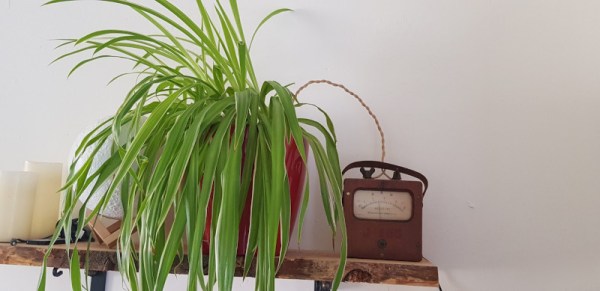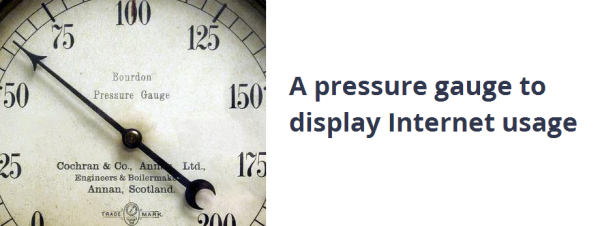It’s not uncommon to happen across vintage measurement equipment at the local flea market or garage sale. Often with an irresistible aesthetic, and built to last decades, these tools nonetheless tend to be sidelined when modern multimeters are available. [Build Comics] had just such a piece on hand, and decided to repurpose it with some modern hardware instead.
The build begins with a Hartmann & Braun 60 amp ammeter. Replete in a nice wooden box, it’s the perfect candidate for a modern refit. The device uses an indicator of the moving iron type. Intending to turn the device into a soil moisture monitor, [Build Comics] began by removing the original heavy-wound coil. In its place, a custom coil was installed instead, wound on a 3D printed bobbin using a modified sewing machine. This allows the meter to be easily driven by an Arduino with little more than a transistor on a GPIO pin. To detect moisture, a Iduino ME110 moisture probe was used. Complete with cloth-covered wire to maintain the vintage look. The original meter plate was also photographed, modified, and reprinted, to read moisture levels instead of current.
If you’re interested in these gauge restoration techniques but don’t have a green thumb, no worries. [Build Comics] used similar tricks to put together a gorgeous weather station that would look great on your desk.
Continue reading “Vintage Ammeter Becomes Plant Moisture Gauge”













